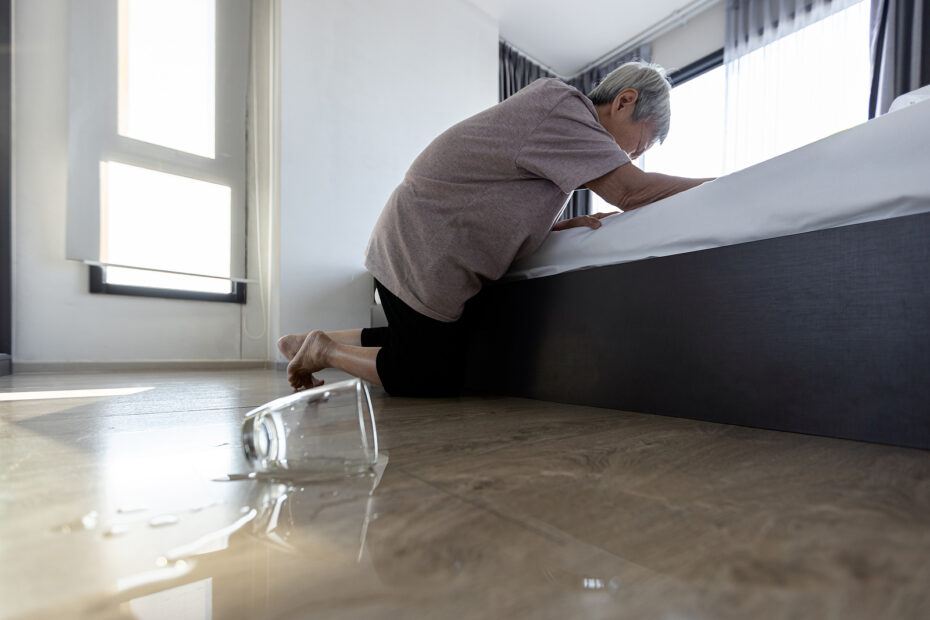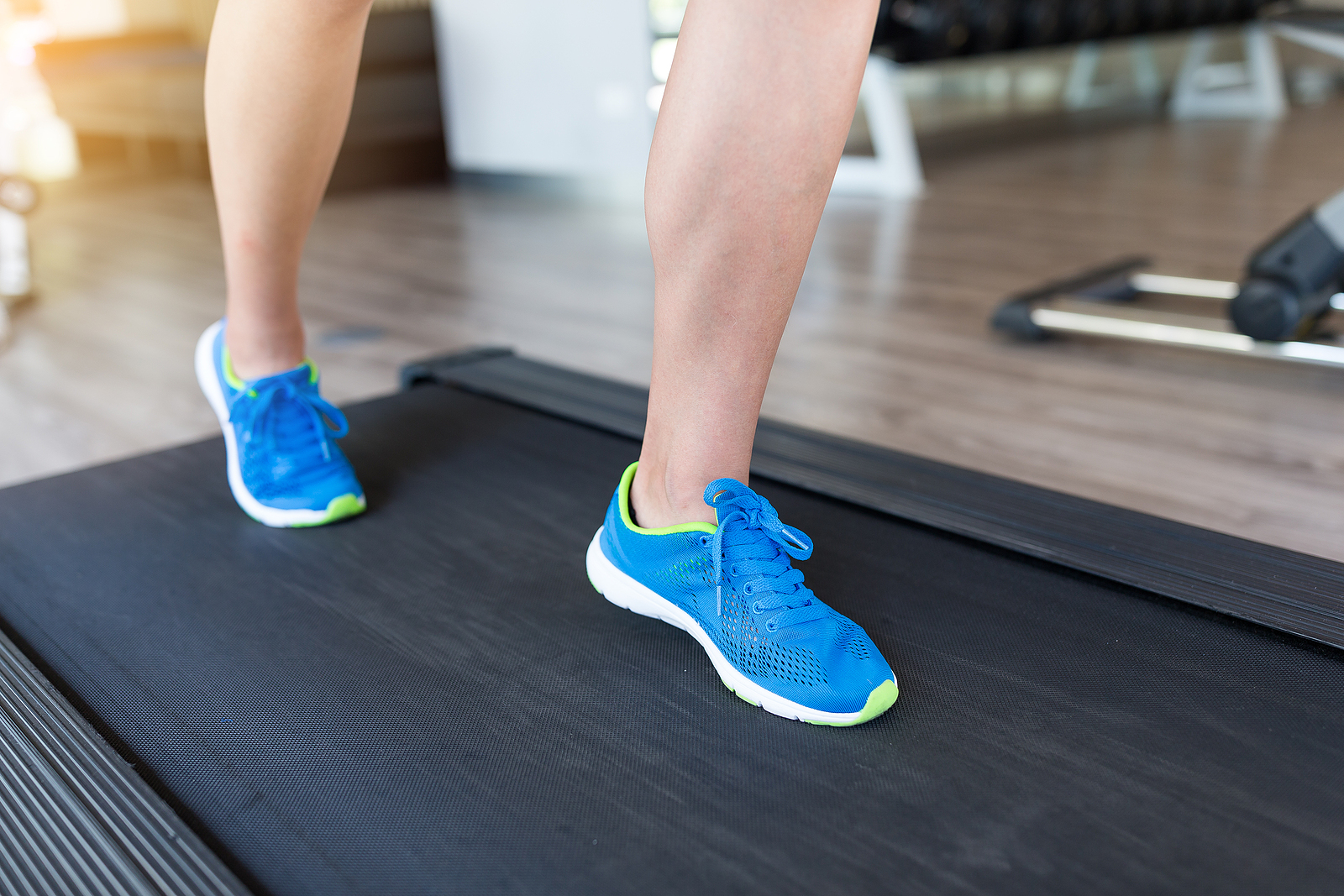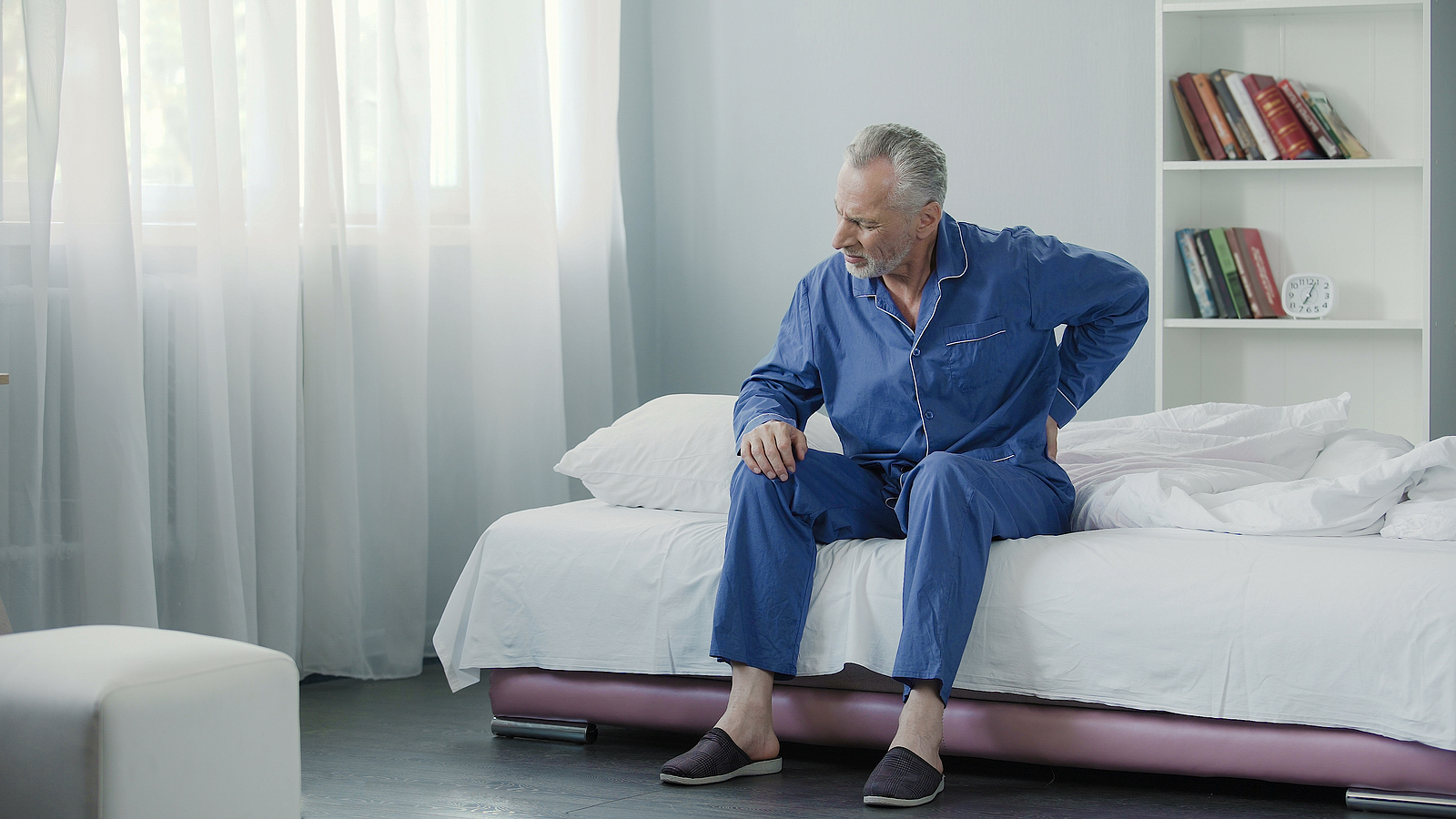Maintaining balance while walking is something many of us take for granted – that is, until it becomes a challenge.
And if you’ve noticed that you’re losing your balance more frequently while walking, it’s certainly something to take seriously.
Falls can be disastrous for seniors and are something that should be avoided at all costs.
The injuries that can come from balance-related falls are bad enough, but loss of balance can affect other aspects of life as well, like your confidence, mobility, and overall quality of life.
Fortunately, there are things seniors and caregivers can do to improve balance and fall risk, but the first step is to understand the underlying reasons for these issues in the first place.
Disclaimer – this list is by no means comprehensive and your specific balance issues could be coming from an issue not mentioned here. If you’re noticing a decline in your balance or feeling less stable on your feet, please see your family physician or physical therapist for tailored guidance.
1. Age-Related Changes
As we age, our bodies naturally undergo changes that can affect balance and safety while walking. These changes include:
- Muscle Weakness: Over time, muscle mass and strength tend to decrease, particularly in the legs, making it harder to maintain stability. This is known as sarcopenia and it’s considered a normal part of aging, however it can still lead to increased fall risk while walking.
- Joint Stiffness: Arthritis and other conditions can cause joint stiffness, reducing flexibility and making it more difficult to recover from a misstep.
- Vision Changes: Good vision is essential for balance, and age-related eye conditions like cataracts or macular degeneration can impair your ability to see obstacles or changes in terrain.
- Reflexes: unfortunately, our reaction times tend to decrease as we age, making it harder for our bodies to correct a loss of balance in time to prevent a fall.
What You Can Do
Regular exercise that focuses on strength, flexibility, and balance can help counteract these age-related changes.
If nothing else, improving hip and leg strength is usually a good place to start because the stronger your legs are, the more stable you’re likely going to feel.
Additionally, keeping up with regular eye exams and wearing the appropriate prescription lenses can improve your ability to navigate your environment safely.
2. Inner Ear Problems
Your inner ear plays a crucial role in maintaining balance through a system called the vestibular system.
When this system is disrupted, it can lead to dizziness, vertigo, and balance problems.
Common inner ear issues include:
- Benign Paroxysmal Positional Vertigo (BPPV): A condition where tiny crystals in the inner ear become dislodged, causing dizziness and balance issues with certain movements and positions.
- Meniere’s Disease: A disorder that affects the inner ear and can cause vertigo, hearing loss, and a feeling of fullness in the ear.
- Vestibular Neuritis: An inflammation of the vestibular nerve that can result in sudden, severe dizziness and balance problems.
What You Can Do
If you suspect an inner ear issue, consult with an ear, nose, and throat (ENT) specialist.
Treatments may include physical therapy exercises (such as the Epley maneuver for BPPV), medications, or a combination of the two.
In severe cases, surgery might be the only option to help improve quality of life.
Unfortunately, inner ear problems are quite common as we age and most seniors will experience vertigo at one time or another.
The good news is that most vertigo issues can be resolved with treatment.
3. Medications
Many medications can have side effects that impact your balance or make you feel unsteady on your feet. Common culprits include:
- Sedatives: Drugs that relax the body and help you sleep can also make you feel unsteady on your feet.
- Blood Pressure Medications: Medications that lower blood pressure can sometimes cause dizziness or lightheadedness, especially when standing up quickly.
- Antidepressants and Anti-anxiety Medications: These can sometimes cause dizziness or a feeling of being off-balance.
- Pain Medications: opioids and stronger pain meds can affect seniors differently, but many report feeling less stable while taking these.
- Muscle relaxers: these are a specific kind of pain medicine and they can be successful at reducing pain. However, they tend to relax all muscles, which can lead to reduced stability while walking.
What You Can Do
If you believe your medications are affecting your balance, talk to your doctor.
They may be able to adjust your dosage, switch you to a different medication, or suggest lifestyle changes to mitigate the side effects.
Sometimes it’s possible to time your medications differently throughout the day to help reduce adverse side-effects.
4. Neurological Conditions
Several neurological conditions can impair your balance, including:
- Parkinson’s Disease: This progressive disorder affects movement and coordination, often leading to a shuffling gait and balance issues.
- Multiple Sclerosis (MS): MS can cause muscle weakness, numbness, and coordination problems, all of which can contribute to balance difficulties.
- Stroke: A stroke can damage the parts of the brain that control balance, leading to sudden and severe balance issues.
What You Can Do
If you have a neurological condition, working with a physical therapist can help you develop exercises and strategies to improve your balance.
And even though exercise may not be able to correct the underlying neurological condition, they may be able to improve the musculoskeletal and balance deficits they cause.
Medications and other treatments for the underlying condition may also help manage symptoms.

5. Peripheral Neuropathy
Technically, I guess peripheral neuropathy could’ve been listed with the other neurological conditions mentioned above, but it’s a big one, so I wanted to give it it’s own bullet point.
Regardless, neuropathy is a condition where the nerves in your body become damaged, reducing their ability to transmit signals.
Neuropathy symptoms can very from senior to senior, but most experience pain, numbness, burning, and/or weakness in their legs (or arms).
And all of these symptoms can reduce stability while walking.
Neuropathy can be come from various causes, but the most common is diabetes.
What You Can Do
The first step is to see your family physician, who may refer you to a neurologist for specialized care.
They may recommend medications and/or physical therapy to help manage neuropathy-related symptoms.
Proper footwear that provides support and cushioning can also help improve your balance.
6. Cognitive Decline
Cognitive decline, whether due to aging, dementia, or other conditions, can affect your ability to navigate your environment safely.
This can result in poor judgment, slower reaction times, and difficulty processing information – all of which can contribute to balance problems while walking.
What You Can Do
If cognitive decline is affecting your balance, consider working with a healthcare provider to develop strategies for safer mobility.
This may include simplifying your living environment, using mobility aids, or engaging in activities that stimulate cognitive function.
You may also benefit from more supervision while performing activities of daily living (ADLs).
Your doctor may refer you to a speech therapist for tailored exercises to help strengthen memory as well.
7. Lack of Physical Activity
A sedentary lifestyle can lead to muscle atrophy, decreased flexibility, and poor cardiovascular health—all of which can negatively impact your balance.
Without regular movement, your body may lose the strength and coordination needed to maintain stability.
And no, we’re not talking about age-related sarcopenia here, we’re talking about good ol’ fashioned de-conditioning.
Simply put, if you get tired easily while walking or legs start to feel weak, your fall risk will increase.
What You Can Do
Incorporate regular physical activity into your routine.
Focus on exercises that build strength and improve cardiovascular function. Starting a walking program is always an easy place to start.
If you’re interested in something a little more adventurous, you can try things like yoga, tai chi, or joining a local gym.
When in doubt, seek professional guidance from a physical therapist.
8. Home Conditions
Sometimes it can be your living environment that’s making you feel unsteady while walking.
As a home physical therapist, I see this all the time.
If your home is cluttered and your walking pathways are obstructed by loose rugs, cords, and other obstacles, you may feel unsteady because you’re constantly having to step over stuff.
Having large furniture blocking paths or obstructing doorways is another big issue.
If you find you have a hard time walking at home, but do ok in larger, more open spaces, it could be a simple issue of obstructed pathways in your home.
What You Can Do
Declutter and clear walkways in your home.
Simply removing loose items and ensuring furniture doesn’t block paths for walking can make all the difference in the world.
When necessary, additional home modifications may be necessary to reduce fall risk.
Final Thoughts
Losing your balance while walking is a huge deal and can be challenging to correct.
Trust me, I know – if improving stability while walking was easy, I’d be out of a job.
But as unsettling as this topic can be, understanding the underlying causes can help you take the steps necessary to address the issue.
Whether it’s through physical therapy, medication adjustments, lifestyle changes, or the use of mobility aids, there are many ways to improve your balance and regain your confidence.
So, if you’re experiencing persistent balance problems or feeling unsteady on your feet, please don’t hesitate to consult a healthcare professional to determine the best course of action for your specific situation.
Regardless of the cause, there are always actions you can take to improve your safety.
With the right approach, you can stay steady on your feet and continue enjoying your daily activities with peace of mind.



